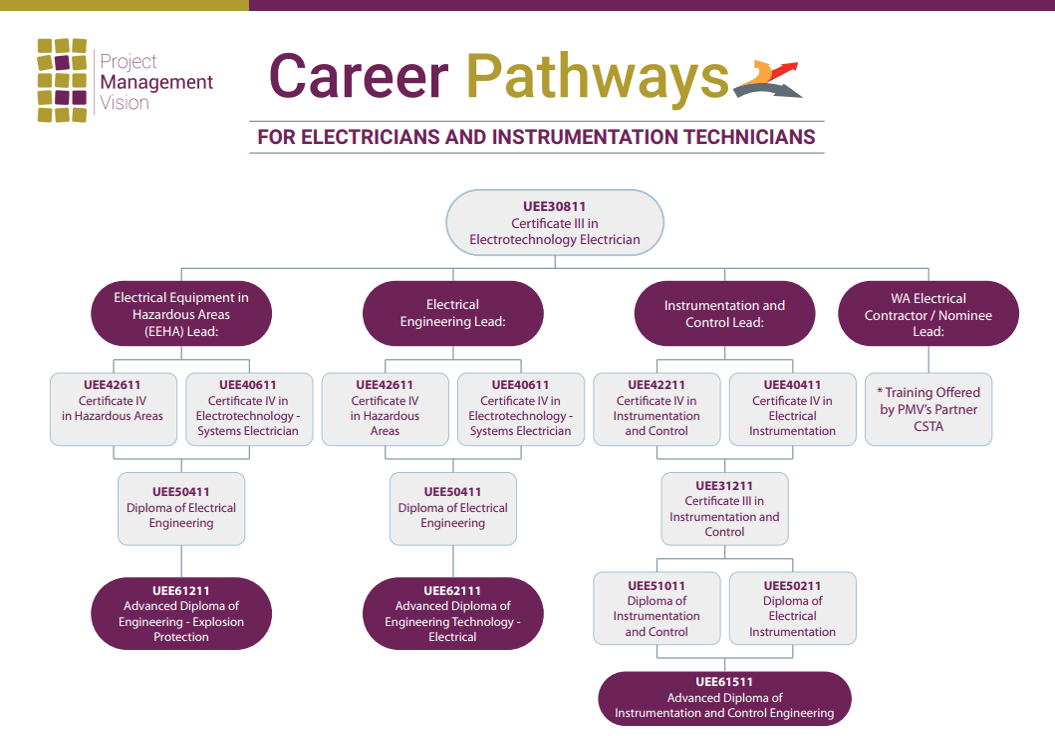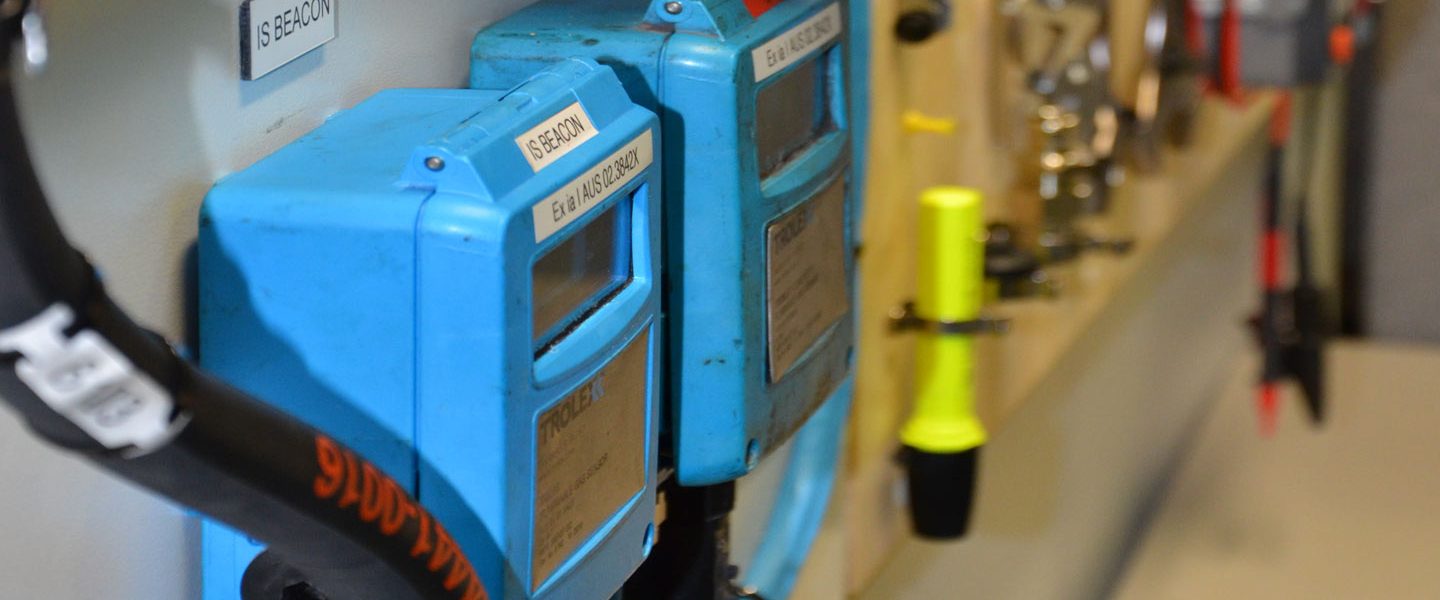Things about Roar Solutions
Things about Roar Solutions
Blog Article
The Roar Solutions Diaries
Table of ContentsThe 8-Minute Rule for Roar SolutionsRoar Solutions Things To Know Before You Get ThisRoar Solutions - Questions
In order to safeguard installations from a possible explosion an approach of analysing and identifying a potentially hazardous area is called for. The function of this is to ensure the right selection and installment of equipment to eventually prevent a surge and to make certain safety and security of life.
(https://www.artstation.com/roarsolutions6/profile)
No devices needs to be installed where the surface temperature of the devices is higher than the ignition temperature level of the provided danger. Below are some usual dirt hazardous and their minimal ignition temperature. Coal Dust 380C 225C Polythene 420C (thaws) Methyl Cellulose 420C 320C Starch 460C 435C Flour 490C 340C Sugar 490C 460C Grain Dust 510C 300C Phenolic Material 530C > 450C Aluminium 590C > 450C PVC 700C > 450C Soot 810C 570C The chance of the threat being existing in a focus high sufficient to create an ignition will vary from location to location.
In order to classify this threat an installation is divided into areas of risk relying on the quantity of time the unsafe is existing. These locations are described as Areas. For gases and vapours and dusts and fibers there are three areas. Area 0 Zone 20 An unsafe ambience is highly likely to be existing and might exist for long durations of time (> 1000 hours each year) or perhaps continually Area 1 Zone 21 A harmful ambience is possible however not likely to be existing for lengthy periods of time (> 10 450 C [842 F] A classification of T6 means the minimal ignition temperature level is > 85 C [185 F] Harmful area electric equipment possibly made for use in higher ambient temperature levels. This would certainly suggested on the rating plate e.g. EExe II C T3 Ta + 60C( This indicates at 60C ambient T3 will certainly not be gone beyond) T1 T1, T2, T3, T4, T5, T6 T2 T2, T3, T4, T5, T6 T3 T3, T4, T5, T6 T4 T4, T5, T6 T5 T5, T6 T6 T6 A T Class ranking of T1 indicates the optimum surface temperature created by the instrument at 40 C is 450 C. Presuming the connected T Class and Temperature rating for the equipment are proper for the area, you can always make use of an instrument with a more rigid Department score than needed for the area. There isn't a clear solution to this question regrettably. It actually does depend on the sort of tools and what repair work require to be performed. Equipment with particular test treatments that can not be performed in the field in order to achieve/maintain 3rd party rating. Should return to the manufacturing facility if it is before the equipment's solution. Area Repair By Authorised Personnel: Challenging screening might not be required however particular treatments might require to be adhered to in order for the tools to maintain its 3rd party rating. Authorized personnel should be employed to perform the job correctly Repair work should be a like for like replacement. New element should be taken into consideration as a straight substitute calling for no unique testing of the devices after the repair service is total. Each tool with a harmful score must be assessed independently. These are described at a high level below, yet for even more in-depth info, please refer directly to the guidelines.
Getting The Roar Solutions To Work
The devices register is a detailed database of tools documents that includes a minimum set of areas to determine each item's area, technological specifications, Ex category, age, and environmental information. The ratio of Detailed to Shut assessments will be established by the Devices Risk, which is analyzed based on ignition danger (the probability of a resource of ignition versus the possibility of a flammable atmosphere )and the unsafe location classification
( Zone 0, 1, or 2). Implementing a durable Risk-Based Evaluation( RBI )strategy is crucial for making certain compliance and safety and security in handling Electrical Tools in Hazardous Areas( EEHA).
Roar Solutions Can Be Fun For Everyone

In regards to explosive threat, an unsafe area is an environment in which an eruptive atmosphere exists (or may be expected to be existing) in quantities that call for special preventative measures for the building, installation and usage of equipment. hazardous read here area course. In this post we explore the difficulties faced in the office, the risk control actions, and the required expertises to work securely
These compounds can, in specific problems, develop eruptive ambiences and these can have significant and awful repercussions. Many of us are acquainted with the fire triangular get rid of any kind of one of the 3 aspects and the fire can not happen, however what does this mean in the context of harmful locations?
In the majority of circumstances, we can do little concerning the degrees of oxygen airborne, however we can have considerable impact on resources of ignition, as an example electrical devices. Harmful locations are documented on the harmful area classification drawing and are identified on-site by the triangular "EX" sign. Below, among various other crucial info, zones are split right into 3 kinds depending upon the risk, the possibility and period that an eruptive environment will exist; Zone 0 or 20 is regarded one of the most harmful and Zone 2 or 22 is deemed the least.
Report this page